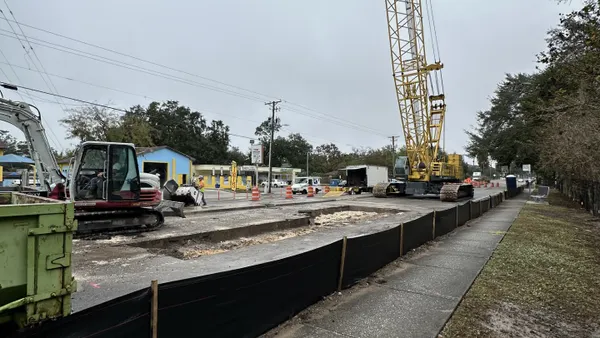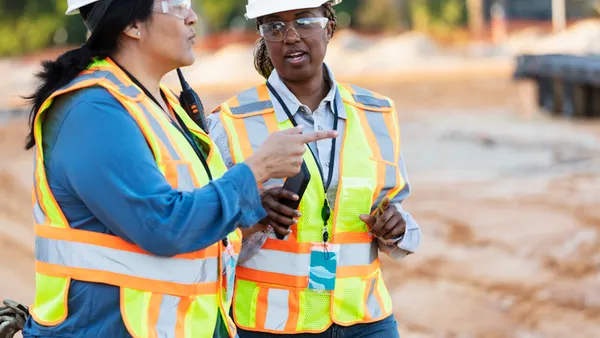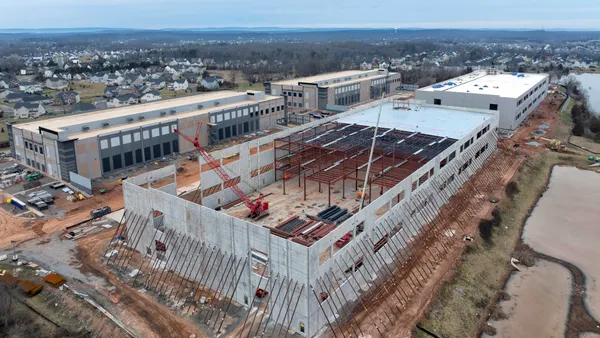Dive Brief:
- The Federal Railroad Administration (FRA) has proposed a set of national safety regulations for high-speed rail systems, the result of a 10-year dialogue with industry leaders, according to Wired.
- Current FRA regulations only mention trains traveling at speeds below 150 mph. The proposed rules cover speeds up to 220 miles per hour.
- Armin Kick of Siemens, a provider of light-rail cars, told Wired that uniform U.S. light-rail safety standards would "create clarity in the market and reduce risk by describing the requirements in detail." The FRA will have an open-comment period for the new rules, and they should be able to deliver a final set early next year.
Dive Insight:
The proposed FRA regulations do not include trains traveling at speeds faster than 220 mph due to questions of steel wheel operations, lower efficiencies and noise, although the federal government has the ability to deal with super-fast magnetic levitation (maglev) trains that can travel up to 350 mph. During a trade trip to Baltimore in August, Japanese officials pledged $2 million for a feasibility study around a high-speed, maglev train between Baltimore and Washington, DC. The federal government pledge $28 million for studies related to that project as well.
The hope is that a set of uniform regulations will trim the lengthy bureaucratic process associated with these projects, as a significant amount of time is spent in the design process sorting these issues out for each one that comes along.
The U.S. has made some progress with high-speed rail, but forward movement has come in fits and starts, sometimes due to the lack of necessary regulations. For example, Amtrak has a marginal high-speed service through the Northeast Corridor but only is authorized to travel at a maximum of 150 mph along much of the route. California is building its own high-speed rail system, but that project has been plagued with cost overruns and delays resulting in a significant route changes. The California High Speed Rail Authority also has been investigated by state legislators and accused of mismanagement.
Regulatory hurdles like Buy America laws also have constrained high-speed rail development, as have the prospects of being able to acquire enough land for a widespread system. Even the CHSRA has had problems securing land in just the one state.










